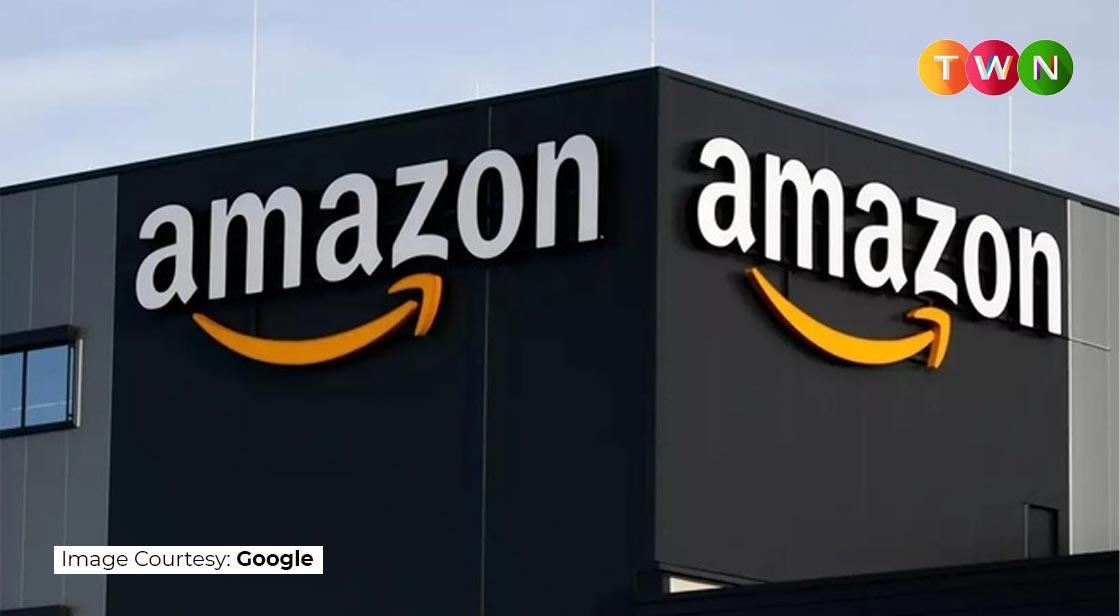Amazon, Walmart, Target Pause India Shipments After 50% U.S. Tariff

News Synopsis
Major U.S. retailers—Walmart, Amazon, Target, and Gap—have suspended placing further orders from Indian exporters after President Donald Trump raised import tariffs on Indian goods to 50%, sources revealed to a news agency.
Exporters report receiving letters and emails asking them to halt apparel and textile shipments immediately, as buyers refuse to share the cost burden and instead expect suppliers to absorb it.
Cost Surge and Potential Losses
Analysts predict these higher tariffs will increase export costs by 30% to 35%, causing a possible 40% to 50% decline in U.S.-bound orders—which could cost India's textile sector between $4–5 billion in lost business. Leading exporters such as Welspun Living, Gokaldas Exports, Indo Count, and Trident derive 40% to 70% of their revenue from the U.S.
Rising Risk of Shifting to Lower-Tariff Markets
India, being the sixth-largest global exporter of textiles and apparel, fears losing out to competitors like Bangladesh and Vietnam, who face just 20% tariffs. Previously emerging as a preferred supplier amid supply chain diversions, particularly for U.S. retailers, India now risks losing that momentum.
Tariff Surge Fueled by Oil Policy
President Donald Trump’s tariff hike, comprising a 25% immediate duty and another 25% effective around August 28, was issued via executive order as a penalty for India’s continued purchase of Russian oil. Trump stated: “I determine that it is necessary and appropriate to impose an additional ad valorem duty on imports of articles of India, which is directly or indirectly importing Russian Federation oil.”
New Delhi Pushes Back
India’s Ministry of External Affairs condemned the tariffs as “unfair, unjustified and unreasonable.” It emphasized that oil imports are based on market realities and the need to ensure energy security for its 1.4 billion population. The ministry also highlighted that several Western nations themselves engage in trade with Russia, yet India alone is penalized.
H2: Economic Fallout and Policy Pressure
The abrupt doubling of tariffs—announced overnight—triggered panic among exporters, with many receiving frantic calls from U.S. buyers canceling or fearing order suspensions. Exporters described the situation as a “harrowing night” for trade. Economists warn the broader economic impact could shave 80 basis points off India’s GDP growth, while jeopardizing export viability.
Conclusion
The sudden suspension of orders by major U.S. retailers following President Trump’s steep 50% tariff hike has placed India’s textile and apparel industry in a precarious position. With costs expected to surge by up to 35% and potential order declines of nearly half, the sector faces a possible $4–5 billion revenue hit.
This abrupt policy shift not only threatens India’s market share in its largest export destination but also risks diverting business to lower-tariff competitors like Bangladesh and Vietnam. The move, driven by U.S. objections to India’s Russian oil imports, has sparked strong diplomatic pushback from New Delhi, which maintains that its trade decisions are rooted in national energy security needs.
As exporters scramble to manage cancellations and uncertainty, the episode underscores the vulnerability of global trade to geopolitical tensions—highlighting the urgent need for diversification, policy preparedness, and stronger trade alliances to safeguard India’s economic and export resilience.
You May Like









